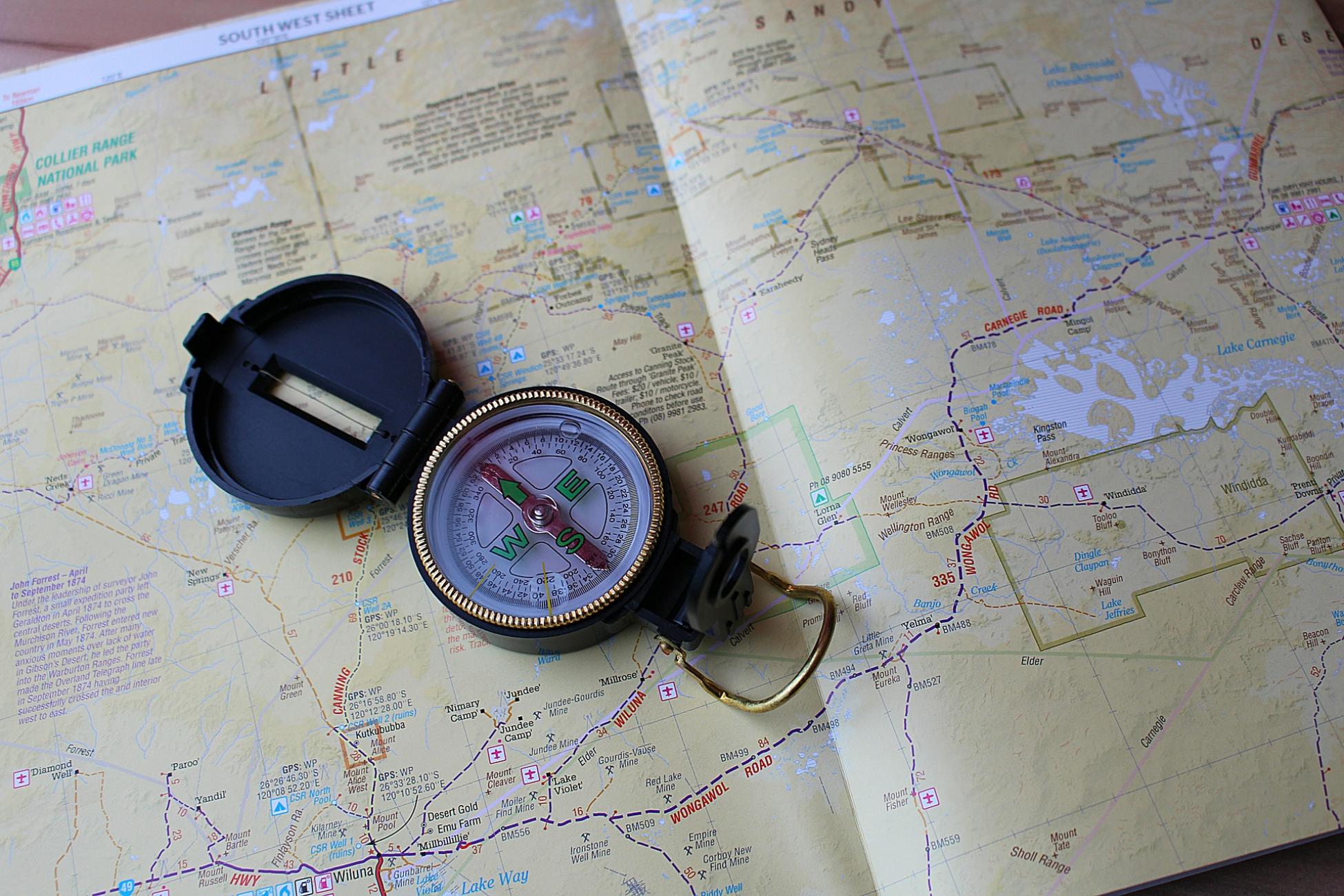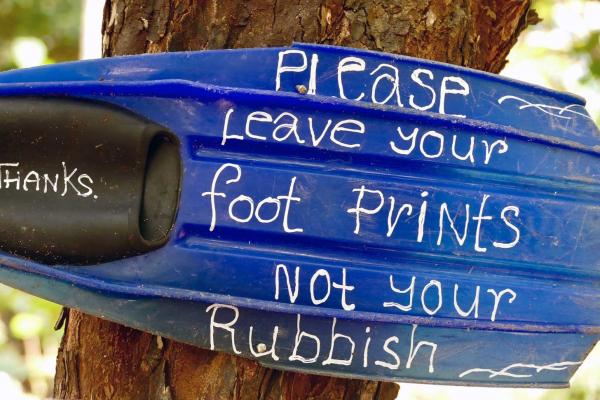Australia’s Highway One connects the dots between the mainland state capitals, making it the world’s longest national highway at 14,500 kilometres. It’s known as the Big Lap, a classic bucket list road trip that appeals to travellers of all ages and backgrounds.
My husband and I spent 18 months doing a modified version of this journey—it turned out to be more like the Big Figure Eight—in a four-wheel drive towing a camper trailer. We had our fair share of challenges, but all in all it went pretty smoothly thanks to tips we’d picked up along the way.
Whether you’re planning to take on the Big Lap or just focusing on the east coast, here’s some advice that can help you get started.
1. Get roadside assistance
Road trips are all fun and games until you break down halfway across the Nullarbor Plain, one of the most isolated stretches of road in Australia.
Road trips are all fun and games until you break down halfway across the Nullarbor Plain.
Fortunately, we had roadside assistance with NRMA, a New South Wales-based organization with reciprocal agreements across states and territories. It’s easy to join online or over the phone, and each state has its own roadside assistance organization. (See sidebar below.)
You don’t have to be Australian to join, but you do need to be the registered owner of the vehicle. Our $200AUD annual membership covered the 400km tow when we broke down, plus we were reimbursed for an unexpected night’s accommodation.
2. Get appy
Two apps you need to download right now: WikiCamps ($7.99) and FuelMap Australia (free).
Wikicamps shows you peer-reviewed campsites and points of interest across Australia; it was our go-to when choosing caravan parks and free camps, which are basic campsites best suited to self-contained campers. With Wikicamps, we could identify which free camps had toilets and showers—rare, but they’re out there.
FuelMap helped us find cheap fuel and monitor our fuel economy.
3. Buying a vehicle? Get your rego
Registration (or “rego”) is a tax paid to the state government that allows your car, trailer or caravan to be on the road. You’ll need a valid Australian or international driver’s licence and an address to register the car. When you buy a used vehicle you’ll pay a transfer fee, and any remaining rego is transferred over to your name.
Don’t forget to renew your rego before it expires, because it can be a hassle to re-register a car. Cars in Australia must pass an annual roadworthiness inspection, but if the rego has expired then you’ll have to get an inspection straightaway.
Be wary if someone tries to sell you an unregistered car at a low price, because you might get stuck with a lemon.
4. Renting a vehicle? Know where you’re going
It is strictly forbidden to take some rental vehicles off-road, so read the fine print. Even with a four-wheel drive there may be some roads that are off-limits. And before you think “they’ll never catch me,” we met a couple whose campervan was fixed with GPS tracking, and the rental company charged a hefty fee if they were caught straying from the path.
Much like its snakes and spiders, Australia’s 4WD tracks are not for the faint of heart. Having a 4WD vehicle is not the only prerequisite for tackling rough roads; you should have experience and be prepared before charging ahead. Every year tourists get bogged on sand tracks, burst tires in the outback and much worse.
5. Sign-up in advance for "ferry" good deals
Dreaming of road-tripping Tasmania? Great! It’s amazing, and you should. But know that taking your vehicle across on the ferry could cost you upwards of $1000 if you’re towing a trailer. The same goes for Kangaroo Island, so get online and subscribe to the ferry company newsletters (see sidebar) for advance notice on any special deals.
6. Respect indigenous culture
Say it with me: Australia is indigenous land. In many areas you’ll see signs asking you not to climb on a landform or take photographs. You may also have to purchase a permit to cross through certain areas, such as the unsealed section of the Mereenie Loop in the Northern Territory.
Aboriginal land permits can usually be purchased in person at designated locations and must be carried with you at all times. Respect Aboriginal culture by following these requests.
Useful links
Roadside assistance and safety
• Road safety in Australia
• New South Wales & Australian Capital Territory: NRMA
• Queensland: RACQ
• Victoria: RACV
• South Australia: RAA
• Western Australia: RAC
• Tasmania: RACT
• Northern Territory: AANT
Buying a used car
• Gumtree.com.au
• Carsales.com.au
Campervan rentals
• Apollo
• Hippie
• Maui Rentals
Popular ferry routes
• To Tasmania: Spirit of Tasmania
• To Kangaroo Island: SeaLink Kangaroo Island
Travelling through Aboriginal land
• Visiting Aboriginal land: Central Land Council
• Northern Territory: Land Permits
Add this article to your reading list





